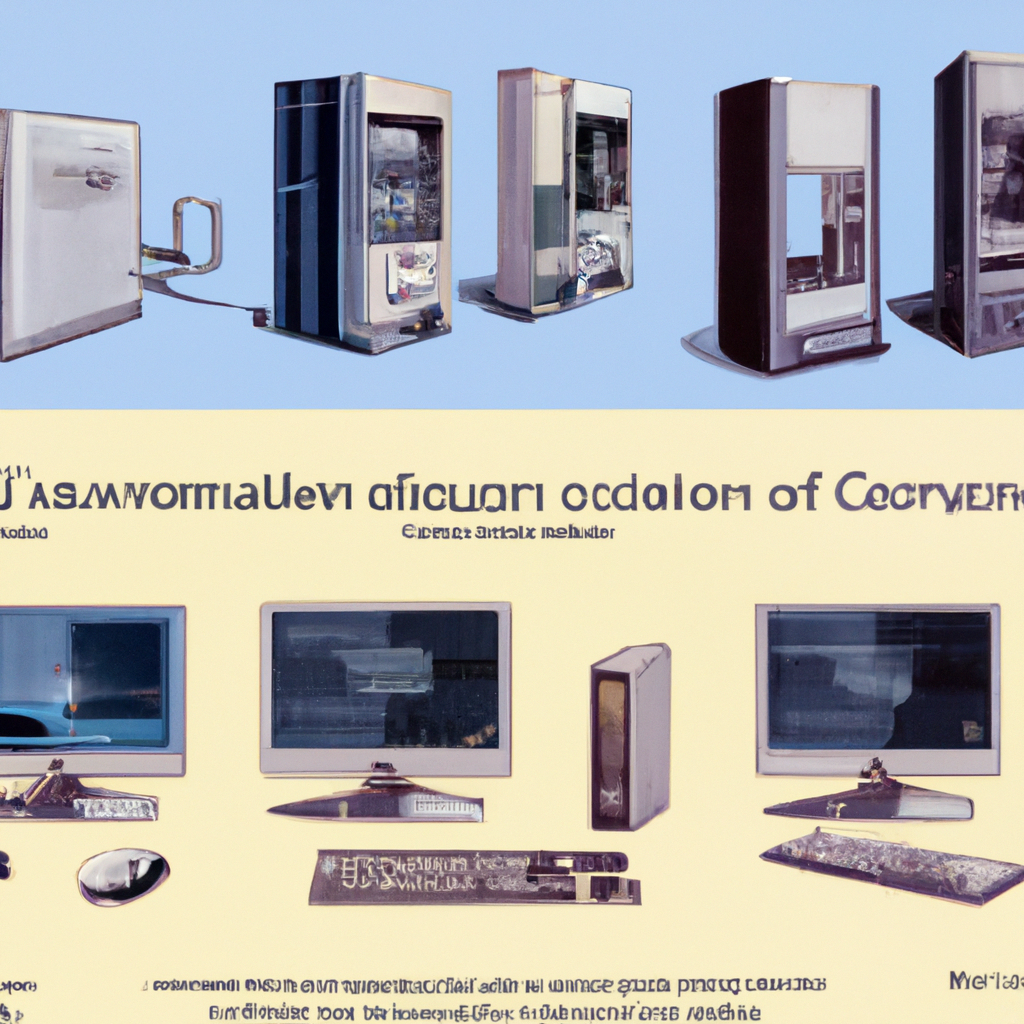Revolutionizing the World: The Evolution of Personal Computing
From bulky machines to sleek, powerful devices, personal computing has undergone a remarkable transformation over the decades. This blog post explores the significant milestones in the evolution of personal computers, highlighting how technological advancements have shaped the devices we rely on today.
The Dawn of Computing
The journey began in the 1940s with the development of the first electronic computers like the ENIAC, which were primarily used by governments for complex calculations. These machines were enormous, occupying entire rooms.
The Microprocessor Revolution
Fast forward to the 1970s, the invention of the microprocessor marked a pivotal turn in tech history. This tiny chip enabled the creation of the first personal computers, such as the Altair 8800, which brought computing into the hands of enthusiasts and hobbyists.
The Home Computer Era
By the 1980s, companies like Apple and IBM had begun to popularize personal computers, making them more accessible and user-friendly. The introduction of graphical user interfaces, along with software like Microsoft Windows, transformed PCs from specialist tools to essential household items.
Internet Integration
The 1990s saw another significant shift with the integration of the Internet, fundamentally changing how computers were used. This era brought about the rise of the World Wide Web, email, and digital media, turning the personal computer into a gateway to information and communication.
Modern Innovations
Today, personal computers continue to evolve. With advancements in cloud computing, AI, and quantum computing on the horizon, the future of personal computing is set to be as exciting as its past.
Conclusion
The evolution of personal computing is not just a story of technological innovation but also a testament to human ingenuity. As we look forward to future advancements, it’s clear that personal computers will continue to play a central role in shaping our digital world.






